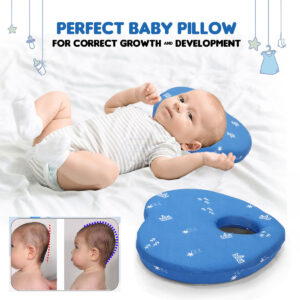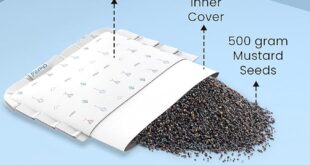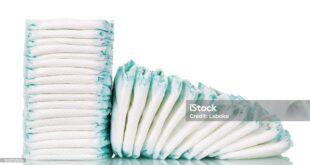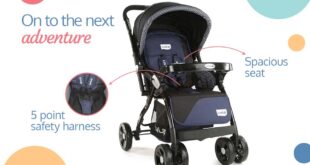Baby Pillow

What Is a Baby Pillow?
A baby pillow is a small cushion to support a baby’s head and neck. These are typically used for comfort, preventing flat head syndrome, and proper alignment.
Why Use a Baby Pillow?
1. To Prevent or Correct Flat Head Syndrome (Plagiocephaly)
Babies spend a lot of time lying on their backs, which can cause flattening of one part of the skull.
Specialized pillows with a concave center can evenly distribute head pressure and help round out the head shape.
Used under supervision, usually after pediatrician approval.
2. To Support Digestion (Reflux Pillow)
Some babies suffer from acid reflux or spit-up after feeding.
A wedge or inclined pillow gently elevates the baby’s upper body to help reduce reflux and improve comfort.
3. To Provide Neck Support (During Travel)
U-shaped neck pillows help support the head and prevent slumping in car seats or strollers.
Useful for short naps during travel (must be used under supervision).
4. For Toddler Comfort (12+ Months)
Once your baby turns 12–18 months, a small, firm pillow can be introduced for comfort during sleep.
Helps with neck alignment and transitioning to a toddler bed.
When NOT to Use a Baby Pillow
- Not safe for babies under 1 year in a crib during unsupervised sleep.
- Can increase the risk of suffocation and Sudden Infant Death Syndrome (SIDS).
- Pillows, loose bedding, and stuffed toys should be kept out of the crib for infants.
Types of Baby Pillows
1. Flat Head Prevention Pillow (Plagiocephaly Pillow).
- Designed with a concave center to reduce pressure on a baby’s skull.
- Helps prevent or correct flat head syndrome.
2. Reflux Pillow (Inclined Pillow)
- Slightly elevated to reduce acid reflux.
- Supports digestion after feeding.
3. Neck Support Pillow
- U-shaped; used during travel.
- Keeps baby’s head from slumping.
4. Organic or Hypoallergenic Pillow
- Made of natural materials like organic cotton or buckwheat.
- Ideal for sensitive skin or allergy-prone babies.
✅ How to Choose the Right Baby Pillow
1. Consider Your Baby’s Age
0–12 months:
➤ Pillows are not recommended due to the risk of suffocation and SIDS (Sudden Infant Death Syndrome).
➤ Only use a specialized flat-head prevention pillow if recommended by your pediatrician and under supervision.
12+ months (toddler age):
➤ A small, flat, and firm pillow can be introduced for comfort and proper alignment.
2. Identify the Purpose
2. Identify the Purpose
| Purpose | Pillow Type |
|---|---|
| Prevent/Correct flat head | Plagiocephaly pillow (with head indentation) |
| Support during travel | U-shaped neck support pillow |
| Reflux relief | Inclined wedge pillow |
| General sleeping comfort | Small, firm, flat toddler pillow |
3. Check the Material
- Breathable fabric: Cotton or bamboo to avoid overheating.
- Filling: Hypoallergenic (e.g., microfiber, organic cotton, buckwheat).
- Washable: Easy to clean, with removable covers.
4. Size Matters
- It should match the baby’s head and crib size.
- Too big = risk of rolling or suffocation.
- Standard toddler pillow size: ~13 x 18 inches.
5. Firmness & Shape
- Choose a firm, not too soft pillow to support the head and neck.
- Avoid fluffy or memory foam pillows for babies under 2 years.
- Look for orthopedic design if there are developmental concerns.
6. Certifications & Safety
Look for safety labels like:
- OEKO-TEX® certified (safe from harmful chemicals)
- CPSIA compliant (USA safety standard)
- Prefer pediatrician-recommended brands or products.
⚠️ Baby Pillow Safety Guidelines
- Avoid using pillows for infants under 12 months unless advised by a pediatrician.
- Never place loose pillows in a crib — they pose a suffocation risk.
- Supervised use only, especially in the early months.
- Always lay the baby on their back to sleep.
- Follow the AAP (American Academy of Pediatrics) recommendation: a firm, flat sleep surface with no soft bedding or pillows.
✅ When Can Babies Use Pillows?
Recommended age: After 12-18 months, once the risk of suffocation decreases and the child transitions to a toddler bed.
🛑 What to Avoid
-
No pillows for infants under 1 year unless prescribed.
-
Avoid overly soft, large, or decorative pillows.
-
No loose bedding in crib (blankets, stuffed toys, etc.).
🔍 What to Look for in a Baby Pillow
- Breathable and soft material.
- Proper size for the baby’s age.
- Washable and easy to clean.
- Pediatrician-approved design (especially for plagiocephaly).
🛒 Popular Baby Pillow Brands (2025)
Babymoov Lovenest (for flat head prevention)
Little Sleepy Head (organic toddler pillows)
Tummy Wedge Pillow (for reflux)
My Little North Star (hypoallergenic and soft)
Get all the information about the Stroller and shop online
Get all the information about the baby walker and shop online
Get all the information about the baby carrying bag and shop online
 forbaby.in All Products which your Baby Deserves
forbaby.in All Products which your Baby Deserves



